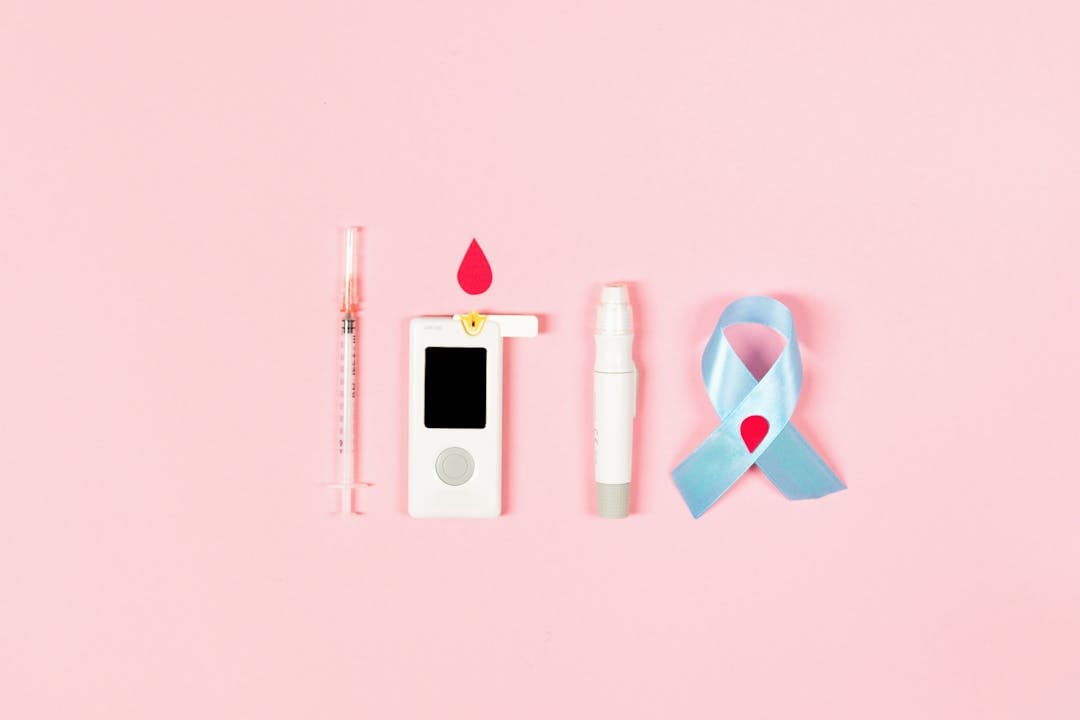All babies are born sweet, so there's no need to add sugar, spice, and everything nice. Even so, pregnant bodies occasionally struggle with managing blood sugar. According to the CDC, gestational diabetes impacts up to 10% of all pregnancies.
That's why your doctor will ask you to schedule a glucose challenge test during your second trimester. This routine screening helps detect higher-than-normal blood glucose levels during pregnancy. While submitting to a strange medical test may be nerve-wracking, the process is simple, and nearly every pregnant woman experiences this rite of passage.
We've created this guide to help ease your nerves before you head to the lab for your glucose screening test. We'll include details about what to expect so you can focus on preparing for your baby's arrival. Rest assured that, whatever the results, gestational diabetes is well-understood and easy to manage.
Read on to learn all about the ins and outs of your upcoming glucose challenge test.
What Is Gestational Diabetes?
To understand the purpose of a glucose challenge test, you must first be familiar with gestational diabetes. This diagnosis is distinct from other types of diabetes, as it only affects women during pregnancy. It causes high blood sugar, which you traditionally control through changes to your diet and exercise routine.
Doctors test all pregnant women for gestational diabetes because it doesn't have many noticeable symptoms. Some women find that they are thirstier than usual. If left unchecked, high blood sugar can cause complications for you or your baby, so it's crucial to catch it early.
If you are mindful about diet and movement early in your pregnancy, you can often prevent your blood sugar from getting too high. Older mothers and mothers with higher BMIs have a higher likelihood of experiencing gestational diabetes. Even so, women with carefully-managed gestational diabetes go on to give birth to healthy, happy babies.
What Happens During a Glucose Challenge Test?
There are two types of blood glucose tests. Ask your doctor whether they have ordered the two-step (or one-hour) glucose test or the one-step (or three-hour) glucose test. While the two-step test requires no special preparation, your doctor will ask you to fast before the one-step test.
The Two-Step (Or One-Hour) Glucose Test
A nurse or tech will give you a special glucose drink when you arrive, and they will ask you to drink the entire thing. Traditionally, the drink is a very sweet orange-flavored drink, similar in taste or orange soda.
The nurse or tech will take your blood one hour after you finish the drink. If your blood sugar level seems normal, you can go home. If it seems high, you will proceed to step two of the test.
During the second step, you'll consume the same sweet drink. Instead of waiting an hour, you will have your blood taken and tested at several intervals. These samples will give the doctor a functional picture of how your body processes glucose.
If your results suggest that your body is not producing enough insulin to process the glucose from the drink, you will receive a diagnosis of gestational diabetes. If you are on the cusp, you may receive a diagnosis of pre-gestational diabetes. Either way, your doctor will discuss any lifestyle changes or medications you may need to manage your body's needs.
The One-Step (Or Three-Hour) Glucose Test
The one-step glucose challenge test is similar to the second step in the two-step test. When you arrive, a nurse or tech will take your blood, and then you will drink the glucose drink. They will take blood once an hour over the next two hours.
While this test takes longer, it offers a complete, functional picture of how your body processes glucose in a single sitting. Some doctors prefer this test. Others may order this version of the test if you are presenting with an elevated risk for gestational diabetes.
What Happens After Diagnosis?
If your blood work suggests that your body is struggling to process glucose, you will meet with your doctor to discuss the next steps. These will depend on the severity of your results.
Foremost, your doctor may refer you to a dietician. A few changes to your diet are often enough to manage the condition. A dietician can help you create a diabetes-friendly meal plan that will help you meet your pregnant body's nutritional needs.
The doctor will probably also prescribe a blood sugar meter. You can use this simple tool to test your own blood sugar levels at home. These readings will help you and your doctor understand whether your dietary changes are enough to manage the condition.
Some women need more support to manage high blood sugar levels during pregnancy. If diet alone is not effective, your doctor may prescribe medication.
A Stress-Free Glucose Challenge Test
It's natural to be nervous about undergoing a glucose challenge test, especially if you have reason to worry about your results. While it may seem strange initially, it's routine, nearly painless, and yields quick and accurate results. Remember that every test gets you one step closer to meeting your sweet, healthy new baby.
Once your little one arrives, your blood glucose test will be long behind you, and you'll have new, exciting things to worry about like the comfort of your precious baby. With the Pixsee smart baby monitor, you'll be able to keep a careful eye on your infant, even in perfect darkness.
Visit our Pixsee Shop and Amazon online store to explore the unique features that make Pixsee every new mom's perfect parenting companion.







